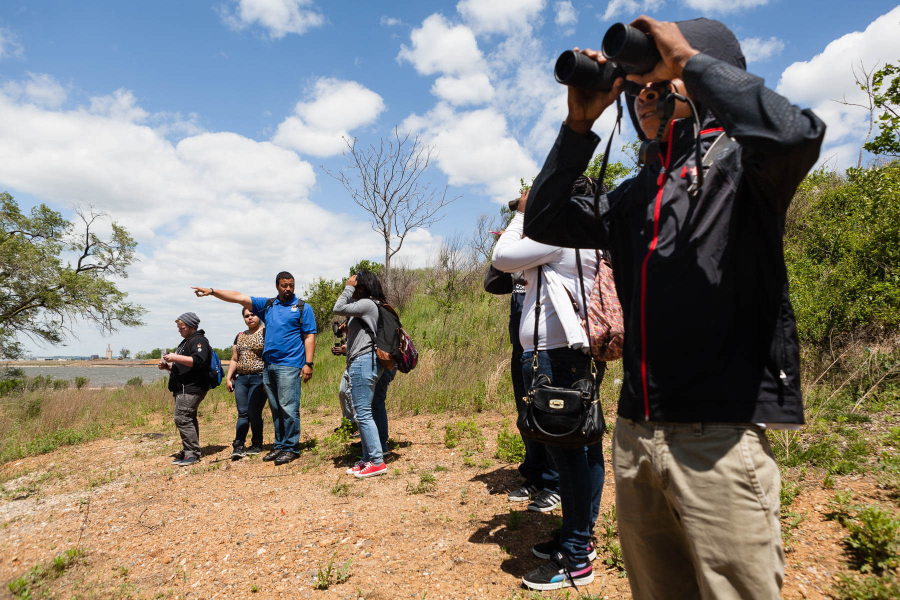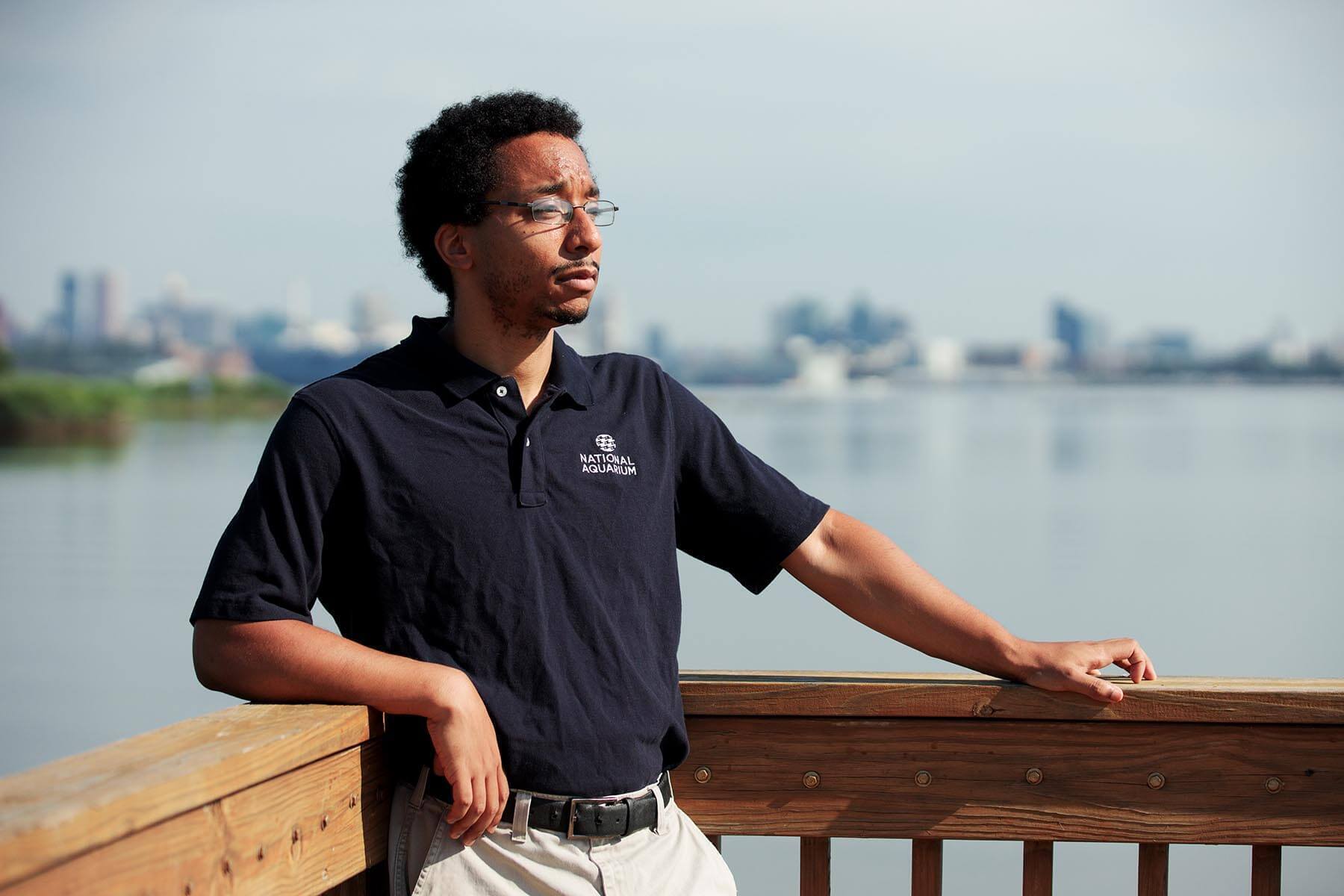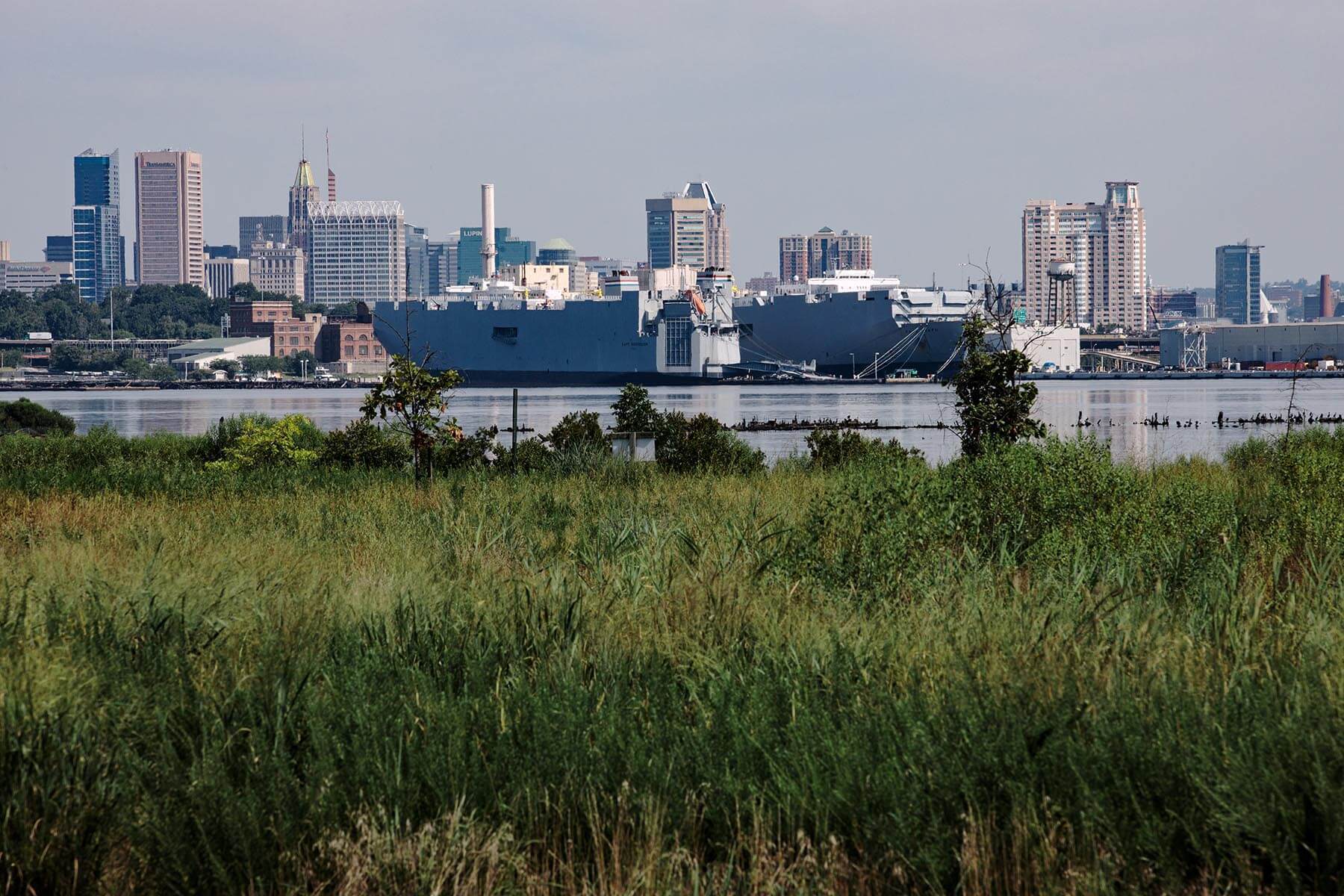Teaching environmental justice across the Chesapeake Bay watershed

Classrooms might be moving online but they aren’t short of talking points. Between this year’s protests against systematic racism and the social ramifications related to the COVID-19 pandemic, students are having to digest complex issues related to racism, inequality, public health and more. If you are an educator, parent or community leader looking to address these social issues while also educating children on the impacts of a changing environment, you might be interested in the subject of environmental justice.
Put simply, environmental justice examines the ways in which the development, implementation and enforcement of environmental laws, regulations and policy disproportionally harm lower-income communities, people of color and various ethnic groups. Social conditions such as people of color disproportionately living near major industrial sites, low-income communities bearing unequal risk of climate change impacts like extreme flooding and Black and Latino families having less access to green spaces and affordable, healthy foods all fall under the category of environmental justice.
Why teach about environmental justice?
At the recent virtual Mid-Atlantic Climate Change Education Conference (MACCEC) hosted by the National Oceanic Atmospheric Association Chesapeake Bay Office, National Estuarine Research Reserves in MD, VA and DE, and the DE and VA Sea Grant programs, environmental leaders discussed the relevance of environmental justice and how it can be taught in the classroom. According to the conference’s experts, teaching students about environmental justice and racial disparities can empower young people to recognize racial prejudice, advocate against it in their communities and take action to protect the environment.
“The same reason we teach about conflicts or wars is the same reason we should teach about environmental justice,” says Trystan Sill, resiliency education coordinator at the Maryland Department of Natural Resources who presented at the MACCEC. “Creating a more just future and protecting our environment for future generations is a value the majority of us share. In my mind, it boils down to doing the right thing. Once you become aware of systemic inequities, it is your duty to help break down the barriers.”
Curtis Bennett, another MACCEC presenter and director of equity and community engagement at the National Aquarium in Baltimore says, “Education is a core component of environmental justice. As a collective, we need to educate present and future generations on social and environmental issues, using our experiences and diverse cultural perspectives as tools for connection and understanding. To be successful in this effort, we must prioritize listening and learning within our communities to better understand the focal environmental justice issues. In that process, we should be centering the youth voice and intentionally fostering the development of their own agency. When given support, youth can be incredible change makers and community advocates.”

Environmental justice in action
Educators within the Chesapeake watershed have many successful models of environmental justice initiatives to choose from. One of which is Masonville Cove, a waterfront in the low-income neighborhood of South Baltimore. Home to the Nation’s first Urban Wildlife Refuge Partnership and a popular environmental education center, the Cove provides the surrounding community an opportunity to experience wildlife and to participate in conservation efforts thanks to the Maryland Port Administration, who owns and restored the site. Organizations such as the National Aquarium have intentionally applied a community engagement approach, centered on active listening and building transformational relationships with residents and stakeholders over the course of 10 years.
This work has resulted in the co-development of workshops, neighborhood greening/beautification projects, wetland plantings and shoreline debris clean-ups that allow residents to connect with Masonville Cove and their local environment. Baltimore City students enjoy the waterfront through field trips and camp programs which involve planting native plants, measuring the water quality of runoff and other conservation and restoration work at the site. Partners at Masonville Cove make sure to include community members in the decision-making process—groups like the Masonville Citizens Advisory Committee, which includes South Baltimore residents, provide guidance and feedback on how they would like to see the Cove improved.
There are also examples of environmental injustice that can be explored with your students. Issues exacerbated by climate change like heat islands and poor air quality disproportionately impact urban areas in the Chesapeake Bay Watershed, while low-lying rural areas are vulnerable to frequent flooding. Allowing students to explore these themes in their communities can encourage them to see how the consequences of climate change will disproportionately impact certain groups in their area.

Ideas for getting started
When approaching the topic of environmental justice with students, think about the knowledge and perspectives the student may already have. What do they know about environmental issues or climate change? Have they experienced racism first-hand or had discussions about it in school or at home? How has their lived experience shaped their perspective? Do they understand the concept of social or economic inequality? If not, or if you’re not sure, start by discussing the basics of these issues. Make sure your discussion is age appropriate, but don’t underestimate your students’ ability to participate in difficult conversations and discuss injustices. When it comes to discussing the benefits of a clean environment, take your kids outside and ask them to reflect on their experience. Ask students questions like, “what do you enjoy about being outside?” and “do you believe everyone should have access to a safe place to play outside?” This kind of exercise can get students thinking about how they personally benefit from the environment and how this benefit may not be equally distributed.
Talking to students about environmental justice at home, in your school or in extracurricular programs can feel intimidating, but it doesn’t have to be. Luckily, there are lots of resources out there to help you. The Chesapeake Bay Program’s educational website Bay Backpack has a fantastic National Association for the Advancement of Colored People resource called Teaching Intersectionality and Environmental Justice in Our Classrooms. This resource provides an overview of why environmental justice is important for raising prepared and empowered children, and provides links to other resources, lesson plans and videos to help you engage students. Bay Backpack is easy to search with hundreds of other teaching resources for all sorts of climate and environmental topics.
For a full timeline of the environmental justice movement, check out the Environmental Protection Agency’s interactive timeline. If you’re interested in learning more about how to talk to children about race, the National Museum of African American History and Culture has detailed webpages on this topic, including sections specifically for parents and educators.
As the movement for racial justice continues to dominate many of our conversations and COVID-19 exposes the deep structural inequalities in our society, there is no better time to teach environmental justice and empower students to be part of the solution.

Comments
Thank you Hayden we'll be in touch!
My name is Hayden and i’m working on my 5th grade summer project and would love more info on what i can do to help the CB. Please email my mom if there is anything i can do to help.
Thank you!
Your comment has been received. Before it can be published, the comment will be reviewed by our team to ensure it adheres with our rules of engagement.
Back to recent stories